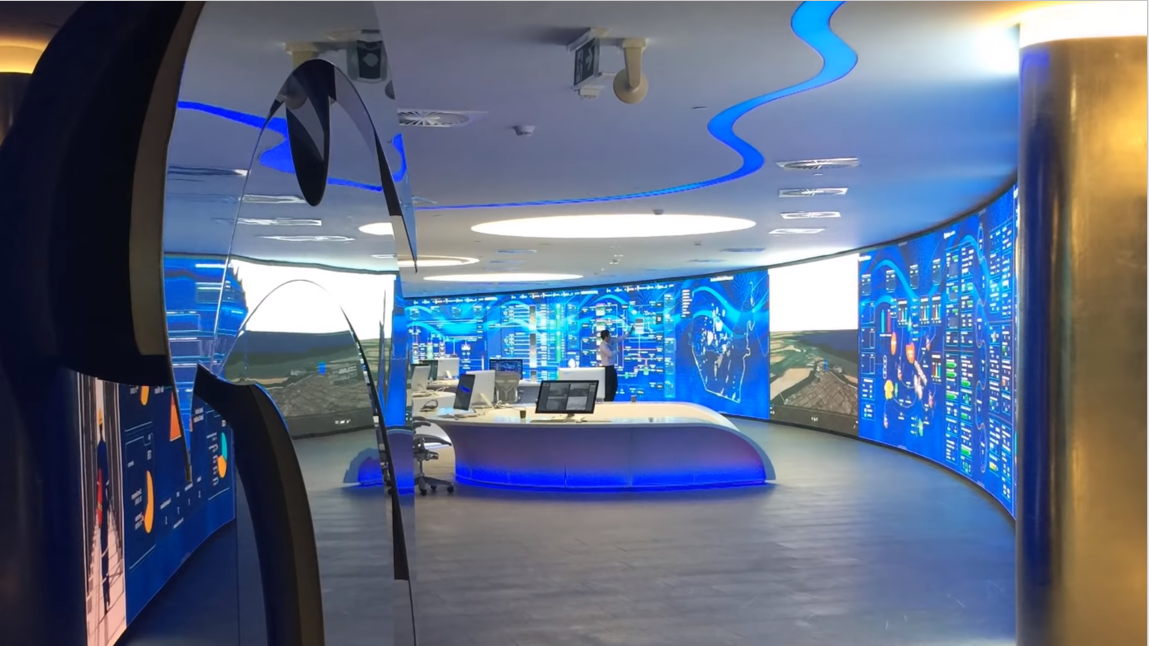Like all modern technology, the standards for SCADA software and hardware are rapidly changing. Our experts put together this list to help your utility stay on top of these changes, allowing you to better plan and budget for necessary upgrades as your system ages and the needs of your utility evolve.
EMERGING TRENDS IN SCADA
1.Subscription/Flex Licensing
Traditionally, municipal water/wastewater systems had to purchase their (very expensive) SCADA software outright, and tight budgets made it incredibly difficult to cover necessary upgrades. Fortunately, many SCADA companies now offer subscription and/or flex licensing options.
What is subscription licensing?
Subscription licensing allows your utility to lease its SCADA software license at a fraction of the purchase cost (like leasing a car). This can be especially helpful If you know you have an immediate need for new software but cannot finance a large capital expenditure.
What is flex licensing?
Flex licensing offers a mix and match buying model that allows utilities to change software licenses as necessary without penalty.
Benefits of Flex Licensing
Great for utilities that anticipate fast growth and may need to evolve quickly
Allows utilities to start building a better system without committing to software that may not fit its needs in the long run
Offers a cost-effective way to significantly expand/upgrade your SCADA system without committing to major upfront costs
2. High-Performance Human-machine interface (HMI)
The design of your systems’ HMI (specifically the screens and graphic displays) can significantly impact your ability to effectively manage operations, especially in adverse situations. Traditional SCADA systems tried to communicate too much information with crowded displays. This interfered with the operator’s ability to quickly assess the system’s performance and lead to ineffective problem prevention and resolution.
Benefits of High-Performance HMI’s
Allows for pre-attentive processing
Allows for a more consistent SCADA application
Gives operators an at-a-glance view of system performance
Improves situational awareness
Can make improvements gradually and choose to optimize process areas where better graphics make the most sense
Video Example: Pre-Attentive Processing
Improvements to graphic displays
Most SCADA systems started out with CRT monitors, followed by 1024 x 768 and 1920 x 1080. Now 4K resolution is standard. If you’re running an application and the display appears pixelated, it was likely programmed with bitmap graphics. When adding new screens or processes, it’s important to use vector-based graphics and technology. This will eliminate pixelated displays.
3. Alarming Software
SCADA system alarming software like WIN -911 and ScadaPhone have largely replaced traditional telephone dialers for emergency alerts. These programs allow the operator to remain in constant contact with the system, sending alarm notifications via voice/analog/VoIP, email, text, and mobile apps.
4. HIGH PERFORMANCE Process Historian
The process historian collects every piece of your system data. The value of this granular data goes far beyond basic analysis of system trends. Every SCADA system should have a process historian!
BENEFITS OF A HIGH-PERFORMANCE PROCESS HISTORIAN
Allows your utility to view second by second data
Provides predictive analytics and regression analysis that will alert your operator days or weeks before a system failure
Value goes beyond trending and flows
Efficiently saves data, making it more accessible (whereas retrieving data out of an old system can be very cumbersome)
Offers a wide variety of data collection methods, giving users the ability to access and purpose any piece of data quickly and efficiently
Allows operators to learn from and analyze data without the help of a programmer
5. CELLULAR and 5g
Cellular data plans are becoming more and more affordable, offering a good alternative to traditional radio communications. Cellular can significantly improve your coverage area, especially for facilities in low elevations with limited access to radio. It can also be implemented on a site-by-site basis, used as a supplement to radio.
So, what about 5G?
The impact of 5G on water/wastewater utilities remains relatively unknown. 5G data is incredibly fast (10 gigabits/second, 1ms latency). You could download a 2-hour movie in less than 3 seconds. However, 5G has one major downfall: transmitters can only produce a signal over about 250 – 300 meters. Until this data becomes more accessible, utilities should still benefit from less expensive 4G options.
6. Virtualization
Virtualization servers allow a single computer to run multiple operating systems at the same time.
Benefits of virtualization
Reduces capital and operating costs.
Creates more streamlined systems
Allows for system redundancy
Minimizes or eliminates downtime
Increases IT productivity, efficiency, agility, and responsiveness
Enables faster provisioning of applications and resources
Greater business continuity and disaster recovery
Simplified data center management
Learn More
To learn more about the options available to improve your SCADA system, please contact an expert at Ruekert & Mielke today.






